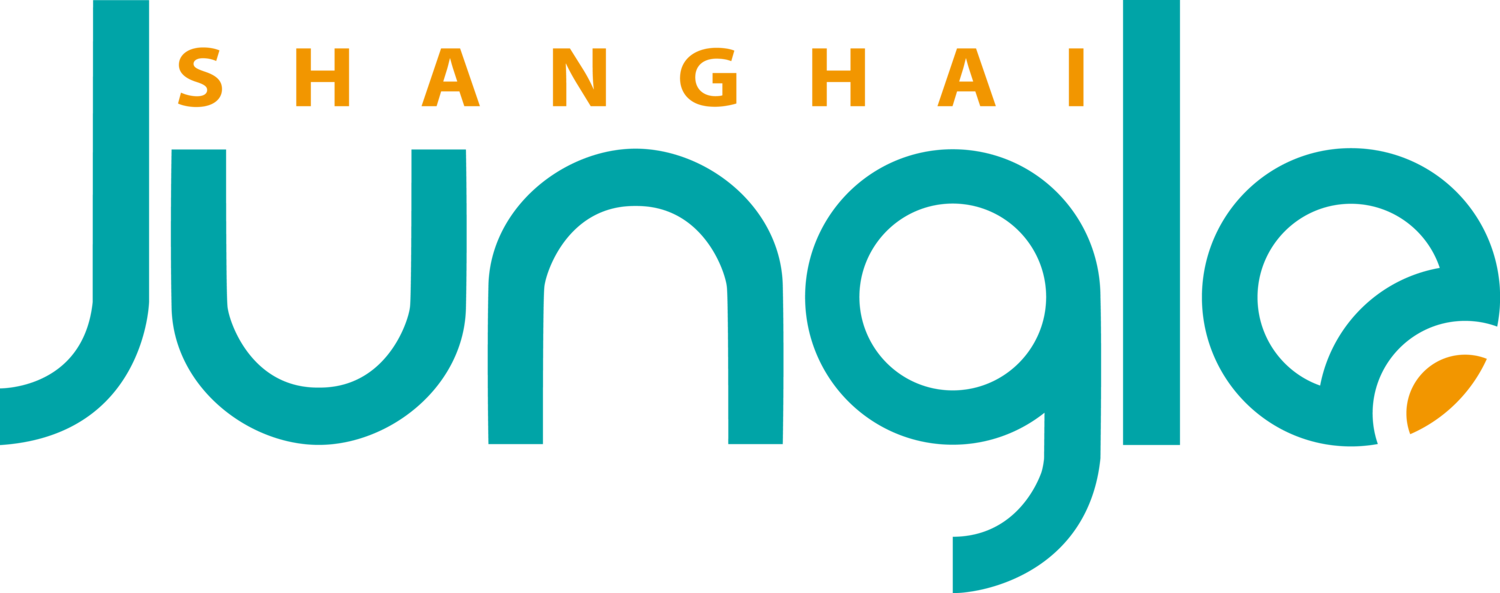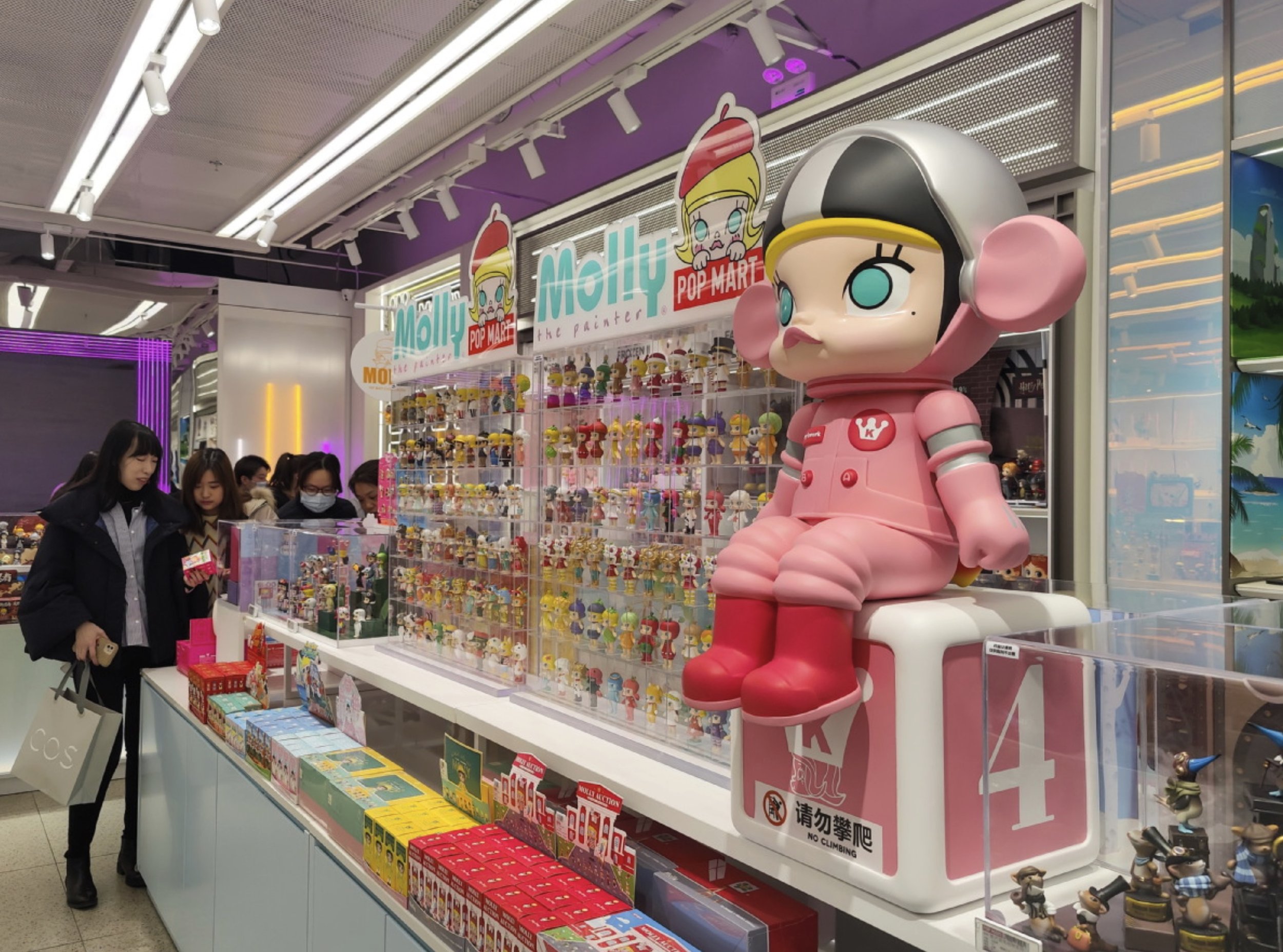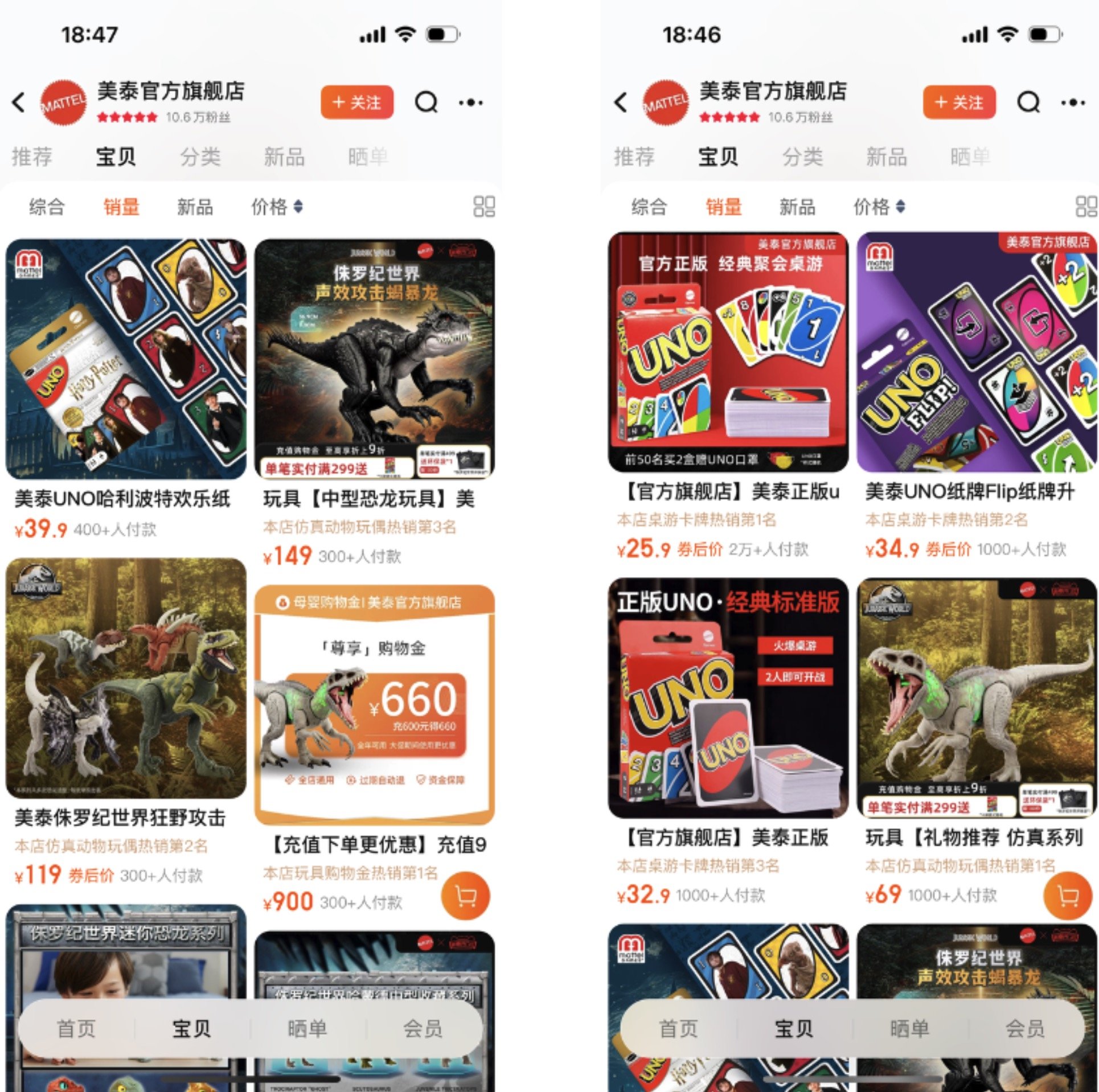The Changing Toy Market in China
China's toy market is among the largest and fastest-growing in the world. Parents are increasingly investing in educational toys, although affordable options remain popular. Both domestic and international companies compete for market dominance.
China is one of the frontrunners in the industry because of its strong manufacturing power, as well as its large population and relatively high purchasing power. The battle with the United States continues, with both countries fighting for the top position. Other major markets for toys include countries such as Japan, Germany, the United Kingdom, and France. In 2023, China’s toy market was valued at 21 billion EUR. In the United States, it was valued at around 30 billion EUR in the same year. According to current estimates, China's kids' toy market is expected to reach a value of 50 billion EUR by 2033.
This growth is driven by rising incomes, a stronger focus on education, and the penetration of e-commerce. Online platforms like Tmall and JD.com have made buying toys more convenient, while family policies aimed at increasing birth rates should help boost sales. Urbanization also significantly influences market trends. Families in major cities earn more and can invest in high-quality toys, a market traditionally dominated by imported brands. Most consumers in China associate international brands with superior craftsmanship and safety standards. As competition intensifies, companies are concentrating on product diversification, digital marketing, and interactive toy technology to maintain their market positions.
China's Toy Industry Market Growth Forecast Until 2033.
Chinese Domestic Toy Brands
There are numerous Chinese toy brands, many of which are large. While some of these brands limit their operations to China, others sell globally, either under the same name or possibly under different names. Chinese preferences differ to some extent, but also share many similarities. Here are a few examples of local brands
POP MART
The picture features one of Popmart's flagship stores in Shanghai, highlighting the successful Molly series of blind boxes. Kenny Wong created the figurine in 2006, and it quickly gained popularity upon its release.
Known for its blind box or mystery box collectibles, the company generated RMB 6,3 billion in revenue in 2023. It continues to expand its offerings, reaching a broader audience beyond children.
Blind box or mystery box collectibles are products sold in sealed packaging that conceals the item inside until opened. These products are particularly popular in China, with POP MART as the leading brand. However, the trend is also recognized internationally. For instance, Gacha Capsules or similar items are available in many stores and supermarkets worldwide. These vending machines dispense mystery collectibles in capsules for a small fee.
Pokémon Capsule Machine: Blind box or mystery box collectibles, where the item inside remains a secret until opened. For a small fee, these vending machines dispense mystery collectibles in capsules.
Pop Mart on Tmall. E-commerce in China is more crucial than ever, generating greater revenues for brands than their combined offline sales across various distributors. Unlike in the West, where e-commerce is popular among younger generations but not quite trusted by older ones, in China, grandmas shop online without any issues. Tmall is the undisputed leader, with Alibaba accounting for as much as 50% of the online market share. Here's an example of what a store on Tmall looks like.
好孩子(Goodbaby)
As one of the largest and most established children's brands in China, Goodbaby dominates the domestic market with a wide range of baby products, toys, and strollers. It's a top choice for parents shopping online.
Goodbaby offers a wide variety of products, from baby strollers to clothes and toys, making it a one-stop solution for parents seeking a good balance between quality and price. It has been on the market for a long time and has a strong presence both online and offline. Its name suggests foreign origins, which certainly helps.
贝恩施 (Beiens)
贝恩施 (Beiens) specializes in educational and developmental toys, particularly for younger children. Its strong presence in online marketplaces like Taobao and JD.com makes it a leader in the sector.
贝恩施 (Beiens) on Tmall uses bright colors, a rich gallery of pictures, and detailed descriptions, along with paid campaigns, influencers, livestreams, memberships, and discounts to capture attention on Tmall.
奥迪双钻 (AULDEY)
AULDEY, renowned for its toys like remote-controlled cars and yoyos, is a favorite among Chinese consumers. It has a strong e-commerce presence, especially appealing to parents looking for fun and interactive toys.
Pixar knock-off toys from Auldey and other brands sell hundreds of thousands of units in China each year.
If the toys above seem familiar to you, it's because they resemble characters from Disney Pixar's Cars and Planes movies. Copying, or "taking inspiration" as some might say in China, from successful Western art or media is common.
木玩世家 (Woodeful Life)
Wooderful Life is known for its creative wooden toys, but it is more niche compared to other big players. Its focus on eco-friendly and artistic toys has earned it a solid, but not top-tier, position in the market, resulting in moderate online sales.
Woodeful Life on Tmall offers premium wooden toys at higher prices and quality. It's one of many Chinese brands successfully expanding into the premium market segment. We're seeing more brands following this path, aiming for the high-end market, similar to trends in other industries like cars or fashion in recent years.
International Toy Brands in China
Foreign toy brands used to dominate the premium toy segment, and to a large extent, they still do. However, competition from Chinese brands has intensified. Here are a couple of examples of successful foreign brands in China.
LEGO (乐高)
LEGO Store in Beijing. LEGO has been extremely successful in China over the past decade, and its extensive offline presence is a prime example of this success. With flagship stores in various cities, as well as locations in every major airport in China and numerous spots in every city, LEGO is exceptionally well recognized in China. However, it is also frequently copied by many brands.
The company excels in China by creating products that align with local customs and culture. LEGO has developed sets featuring traditional Chinese items. By offering these products, the company has successfully cultivated a loyal Chinese customer base.
LEGO on Tmall: On the left, you can see various China-specific SKUs that go on sale and then go off, creating a sense of urgency among shoppers. On the right, you can see a non-stop livestream on the LEGO store, which is something large brands do to create a closer relationship and shop-like experience. Their own livestreaming team acts as shop assistants, presenting products live and answering questions from the chat.
Hasbro (孩之宝)
Hasbro's extensive portfolio, including popular franchises like Transformers, Monopoly, and Nerf, is as popular in China as elsewhere in the world.
Avengers, Wolverine, and other characters are popular in China. These movies are shown in cinemas, on local streaming platforms, promoted in local Disneyland, and featured in many offline shops. Kids in China love these characters just like kids elsewhere in the world, allowing Hasbro to charge high prices for the branded toys.
Mattel (美泰)
Online toy sales of Mattel’s main household staples such as UNO are consistently high, but the company seems to be a bit behind with some of their other products when compared to their competitors.
Mattel's sales on Tmall are surprisingly not placing it among the top-tier players, and the company is working hard to change this through continuous promotions across various channels.
Consumer Preferences and Pricing Trends
As incomes rise in China, affordability is no longer the primary concern for parents when selecting toys. While this remains a key factor in rural areas, urban parents, who tend to have higher incomes, now prioritize higher quality and educational value in toys.
The emphasis on education in Chinese culture has led to a strong demand for STEM-related toys, such as coding kits and robotic learning sets, which have become staples in many households. Parents want their children to excel academically and acquire valuable skills that will benefit them in the long run.
China's social media landscape has a significant influence on consumer behavior, with online trends and popular products driving market demand. The toy market has seen the emergence of an online culture of toy collecting, which has broadened the appeal of toys beyond traditional play. Limited-edition releases and collaborations with artists and designers have turned toys into coveted collectibles, often serving as fashion and lifestyle statements.
Why Foreign Brands Remain Popular—Foreign brands maintain a competitive edge over domestic brands in China, primarily due to their reputation for adhering to higher safety standards. This advantage enables foreign brands to adopt a premium branding strategy, differentiating themselves from domestic competitors and justifying higher price points.
Future of China’s Toy Market
Rising incomes, pro-natal national policies, and more expensive tastes all favor the growth of the toy market, especially in the higher-end segment.
Recommendations for Foreign Companies Entering the Chinese Market
Understand Local Consumer Preferences. What criteria do Chinese consumers consider when selecting a toy? Does the product align with their values and expectations? What competitors do you have on the market?
Make Use of China's E-Commerce Environment. E-commerce is the dominant way to purchase toys in China, with platforms like Tmall, JD, and Pinduoduo leading the market. Setting up an official store on these platforms will provide access to over a billion consumers.
Use Social Media Marketing. Platforms like WeChat, Weibo, Douyin, and RedNote (Xiaohongshu) for influencer marketing, brand collaborations, and product reviews. Influencers will boost toy sales through live streaming or by creating engaging content.














